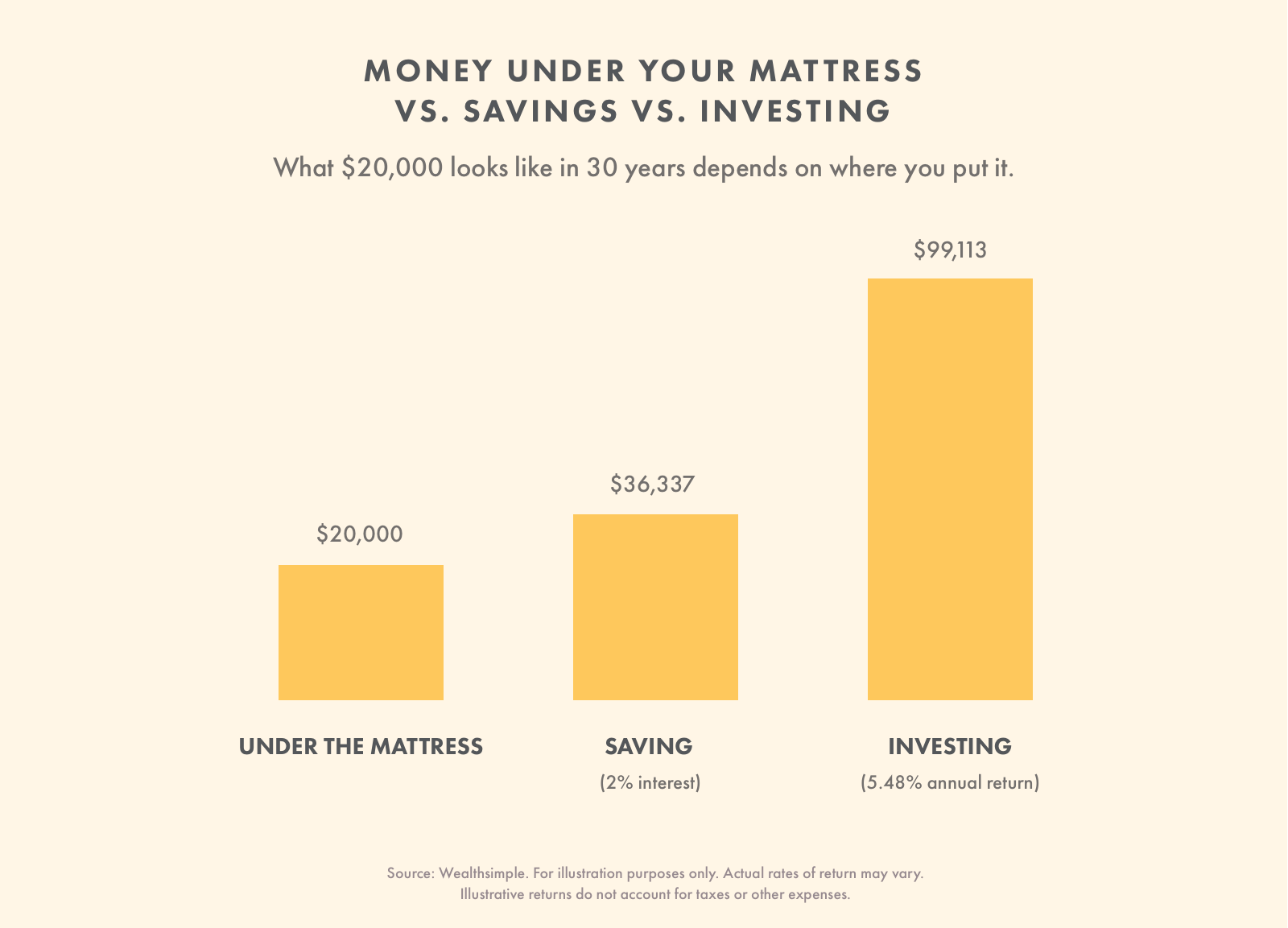
Having a solid strategy in long term trading is important to success. When implementing a long-term strategy, capital is the most important thing to consider. It is important to spend your time wisely. You should be willing and able to invest in your strategy, and you should stick with it. Your return will reflect the effort and time that you put into trading.
It is important to understand your trading style in order to choose the best long-term Forex strategy. You might find that a more technical style of trading with higher leverage is better. A more traditional strategy might work for you, however.

There are many things to consider when implementing a long-term Forex strategy. If you want to make the most of your Forex trading, it is important to have a long-term strategy. Remember that you need the best possible conditions if you use a Forex broker. For example, it's important to find out whether you'll be able to withdraw your profits in a timely fashion, which may be important if you're trading with small leverage.
The best way to find out is to try out a demo account. This will let you test different long-term Forex strategies prior to making a large investment. You might also want to read up on some of the best Forex brokers in the market.
The best way to tell which Forex broker is best for you is to check out the spreads and commissions. You will be most successful if you trade large amounts of capital. A brokerage that offers the lowest spreads and highest commissions will serve you best. A good support team is also important. A broker with excellent customer service, as well as a variety of tools and resources available for customers, will likely be more beneficial than a broker with fewer options and higher prices.
A broker who offers the most extensive range of resources and tools for helping you trade Forex is the best. The extensive data analysis tools they offer can help you choose the best long-term Forex strategies. There are many trading signals available and other tools to suit your trading style. A demo account is available to allow you to test out the most popular Forex strategies. This allows you to evaluate how their trading systems perform. It's possible that you can replicate their success on your own.

A long-term Forex strategy must also be capable of sustaining intraweek volatility. The more volatile the pair is, the more difficult it is to make good long term predictions.
FAQ
What is the main difference between the stock exchange and the securities marketplace?
The entire list of companies listed on a stock exchange to trade shares is known as the securities market. This includes stocks, bonds, options, futures contracts, and other financial instruments. There are two types of stock markets: primary and secondary. The NYSE (New York Stock Exchange), and NASDAQ (National Association of Securities Dealers Automated Quotations) are examples of large stock markets. Secondary stock markets let investors trade privately and are smaller than the NYSE (New York Stock Exchange). These include OTC Bulletin Board Over-the-Counter, Pink Sheets, Nasdaq SmalCap Market.
Stock markets have a lot of importance because they offer a place for people to buy and trade shares of businesses. The price at which shares are traded determines their value. Public companies issue new shares. These newly issued shares give investors dividends. Dividends can be described as payments made by corporations to shareholders.
Stock markets serve not only as a place for buyers or sellers but also as a tool for corporate governance. Shareholders elect boards of directors that oversee management. They ensure managers adhere to ethical business practices. If the board is unable to fulfill its duties, the government could replace it.
What are the pros of investing through a Mutual Fund?
-
Low cost - buying shares directly from a company is expensive. A mutual fund can be cheaper than buying shares directly.
-
Diversification is a feature of most mutual funds that includes a variety securities. One type of security will lose value while others will increase in value.
-
Professional management - Professional managers ensure that the fund only invests in securities that are relevant to its objectives.
-
Liquidity- Mutual funds give you instant access to cash. You can withdraw the money whenever and wherever you want.
-
Tax efficiency: Mutual funds are tax-efficient. This means that you don't have capital gains or losses to worry about until you sell shares.
-
There are no transaction fees - there are no commissions for selling or buying shares.
-
Easy to use - mutual funds are easy to invest in. All you need is money and a bank card.
-
Flexibility - You can modify your holdings as many times as you wish without paying additional fees.
-
Access to information – You can access the fund's activities and monitor its performance.
-
Ask questions and get answers from fund managers about investment advice.
-
Security - you know exactly what kind of security you are holding.
-
You can take control of the fund's investment decisions.
-
Portfolio tracking - You can track the performance over time of your portfolio.
-
Easy withdrawal - it is easy to withdraw funds.
There are disadvantages to investing through mutual funds
-
There is limited investment choice in mutual funds.
-
High expense ratio: Brokerage fees, administrative fees, as well as operating expenses, are all expenses that come with owning a part of a mutual funds. These expenses will eat into your returns.
-
Insufficient liquidity - Many mutual funds don't accept deposits. They can only be bought with cash. This limits the amount that you can put into investments.
-
Poor customer support - customers cannot complain to a single person about issues with mutual funds. Instead, you must deal with the fund's salespeople, brokers, and administrators.
-
It is risky: If the fund goes under, you could lose all of your investments.
Why is a stock called security.
Security is an investment instrument that's value depends on another company. It may be issued by a corporation (e.g., shares), government (e.g., bonds), or other entity (e.g., preferred stocks). The issuer promises to pay dividends and repay debt obligations to creditors. Investors may also be entitled to capital return if the value of the underlying asset falls.
Statistics
- Ratchet down that 10% if you don't yet have a healthy emergency fund and 10% to 15% of your income funneled into a retirement savings account. (nerdwallet.com)
- Our focus on Main Street investors reflects the fact that American households own $38 trillion worth of equities, more than 59 percent of the U.S. equity market either directly or indirectly through mutual funds, retirement accounts, and other investments. (sec.gov)
- The S&P 500 has grown about 10.5% per year since its establishment in the 1920s. (investopedia.com)
- Even if you find talent for trading stocks, allocating more than 10% of your portfolio to an individual stock can expose your savings to too much volatility. (nerdwallet.com)
External Links
How To
How to open a trading account
First, open a brokerage account. There are many brokers that provide different services. There are many brokers that charge fees and others that don't. Etrade is the most well-known brokerage.
After you have opened an account, choose the type of account that you wish to open. You should choose one of these options:
-
Individual Retirement accounts (IRAs)
-
Roth Individual Retirement Accounts (RIRAs)
-
401(k)s
-
403(b)s
-
SIMPLE IRAs
-
SEP IRAs
-
SIMPLE 401(k)s
Each option comes with its own set of benefits. IRA accounts provide tax advantages, however they are more complex than other options. Roth IRAs are a way for investors to deduct their contributions from their taxable income. However they cannot be used as a source or funds for withdrawals. SIMPLE IRAs can be funded with employer matching funds. SEP IRAs work in the same way as SIMPLE IRAs. SIMPLE IRAs require very little effort to set up. Employers can contribute pre-tax dollars to SIMPLE IRAs and they will match the contributions.
You must decide how much you are willing to invest. This is also known as your first deposit. A majority of brokers will offer you a range depending on the return you desire. A range of deposits could be offered, for example, $5,000-$10,000, depending on your rate of return. The lower end of the range represents a prudent approach, while those at the top represent a more risky approach.
Once you have decided on the type account you want, it is time to decide how much you want to invest. You must invest a minimum amount with each broker. These minimums can differ between brokers so it is important to confirm with each one.
After deciding the type of account and the amount of money you want to invest, you must select a broker. Before you choose a broker, consider the following:
-
Fees: Make sure your fees are clear and fair. Brokers often try to conceal fees by offering rebates and free trades. However, some brokers actually increase their fees after you make your first trade. Avoid any broker that tries to get you to pay extra fees.
-
Customer service: Look out for customer service representatives with knowledge about the product and who can answer questions quickly.
-
Security – Choose a broker offering security features like multisignature technology and 2-factor authentication.
-
Mobile apps – Check to see if the broker provides mobile apps that enable you to access your portfolio wherever you are using your smartphone.
-
Social media presence: Find out if the broker has a social media presence. If they don’t, it may be time to move.
-
Technology – Does the broker use cutting edge technology? Is the trading platform easy to use? Are there any issues when using the platform?
After choosing a broker you will need to sign up for an Account. Some brokers offer free trials, while others charge a small fee to get started. After signing up, you will need to confirm email address, phone number and password. You will then be asked to enter personal information, such as your name and date of birth. You'll need to provide proof of identity to verify your identity.
After your verification, you will receive emails from the new brokerage firm. You should carefully read the emails as they contain important information regarding your account. You'll find information about which assets you can purchase and sell, as well as the types of transactions and fees. Be sure to keep track any special promotions that your broker sends. You might be eligible for contests, referral bonuses, or even free trades.
The next step is to create an online bank account. Opening an account online is normally done via a third-party website, such as TradeStation. Both websites are great resources for beginners. When opening an account, you'll typically need to provide your full name, address, phone number, email address, and other identifying information. Once this information is submitted, you'll receive an activation code. You can use this code to log on to your account, and complete the process.
Once you have opened a new account, you are ready to start investing.